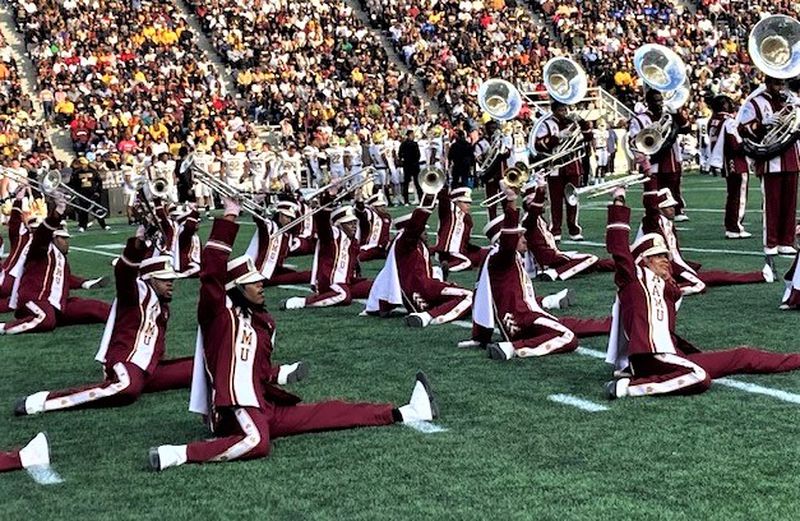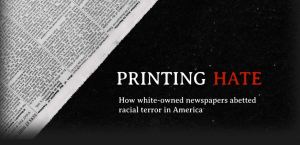The magic is staying—more than likely.
The presidents of Alabama State and Alabama A&M, whose schools compete in the historic annual football rivalry—and citywide family reunion—will keep The Magic City Classic at Legion Field for at least the next four years, pending approval of a new four-year agreement with the City of Birmingham.
“Our preference is to remain at Legion Field,” ASU President Dr. Quinton T. Ross told AL.com. “Let’s put that to rest.”
“There are several things that have to be worked out before it comes to a final conclusion, it’s not a simple process,” added A&M President Dr. Daniel K. Wims, “but it is our intent to try to maintain that eighty-plus-year tradition in Birmingham at least for the next few years at Legion Field and I think we both agree on that.”
Like the tantalizing aroma of well-smoked ribs, the future site of one of Birmingham’s most successful and anticipated sports/entertainment events—and largest tailgate party—has lingered over the Classic since the construction of Protective Stadium downtown began several years ago.
The 81st Classic, a 24-17 comeback Alabama State win played last month, was the final game played under the current four-year agreement.
For the presidents, the decision to stay at the Old Grey Lady on the city’s oft-overlooked westside rather than venture to the new 45,000-seat venue, which opened in the fall of 2021, came down to three factors: community, tradition, and capacity.
“The economic impact for the community,” said Ross. “When you know the Classic is coming, whether you’re a church or a resident set up for parking, a caterer looking to tailgate, or a vendor, your entrepreneurial spirit kicks in,” said ASU President Dr. Quinton Ross. “In that area of the city, the Classic has had an economic impact on those who are there. Not wanting to limit that impact by going to an area that is still untested and would limit capacity with ticket sales.” [Ticket sales or the classic regularly exceed 60,000; Legion’s capacity tops 70,000.]
“For me,” Wims added, “was an assessment of the tone and tenor of our alums and our constituents, meaning our students, faculty, staff, boards of trustees, influential, and donors. For us, it was an overwhelming desire to try to maintain the cultural integrity of the enterprise but also the community engagement, the game, and festivities—listening to their assessment, evaluation, and input, it was overwhelming that their desire was to maintain it at Legion.”
“All of those things were considerations as we came to our consensus,” Ross said, “pending approval of a new agreement with the city.”
This week Woodfin sent a letter to the two presidents (see below), which was obtained by AL.com. It outlines a proposed four-year renewal of the Classic through 2026 with the game remaining at Legion Field through the term of the agreement and an increase in the city’s annual payout to each institution to $500,000.
The proposal must be presented to and approved by the Birmingham City Council.
In 2022, each institution is slated to receive $400,000 from the city. Prior payouts were: $212,500 (2018), $325,000 (2019), $350,000 (2020), and $375,000 (2021).
The city’s payment does not reflect the full amount each school receives from the Classic—or the full cost to the city, which pays police, fire, EMS, public works, and stadium staff.
Here is a recent history of total distributions to Alabama A&M and ASU, which includes a portion of revenue generated from sponsorships and tickets sales:
2016: $539,408
2017: $531,731
2018: $578,913
2019: $636,686
2020: (COVID-19-delayed game to Spring of ‘21): $415,364
2021: $739,575
This year, the institutions are expected to receive close to $800,000 each, the most ever, according to Gene Hallman, president of Bruno Event Team, which oversees sales and production for the game.
According to the Greater Birmingham Convention and Visitors’ Bureau, the Classic’s annual economic impact on the region is close to $25 million.
“We are grateful for the continued partnership,” Woodfin wrote in the letter.
Ross recalled his own upbringing growing up in Pontiac, Michigan, across the street from the massive 80,000-plus Silverdome. It was the home of the Detroit Lions, the Detroit Pistons of the National Basketball Association, the North American Soccer League Detroit Express, the Michigan Panthers of the United States Football League, along with college football Cherry Bowl and Motor City Bowl, as well as myriad other events.
“Good, bad or indifferent,” Ross recalled, “when the games came to the community right across the street, it was economic impact day.”
As it will likely be for the communities surrounding Legion Field for at least one day a year over the next four years.











